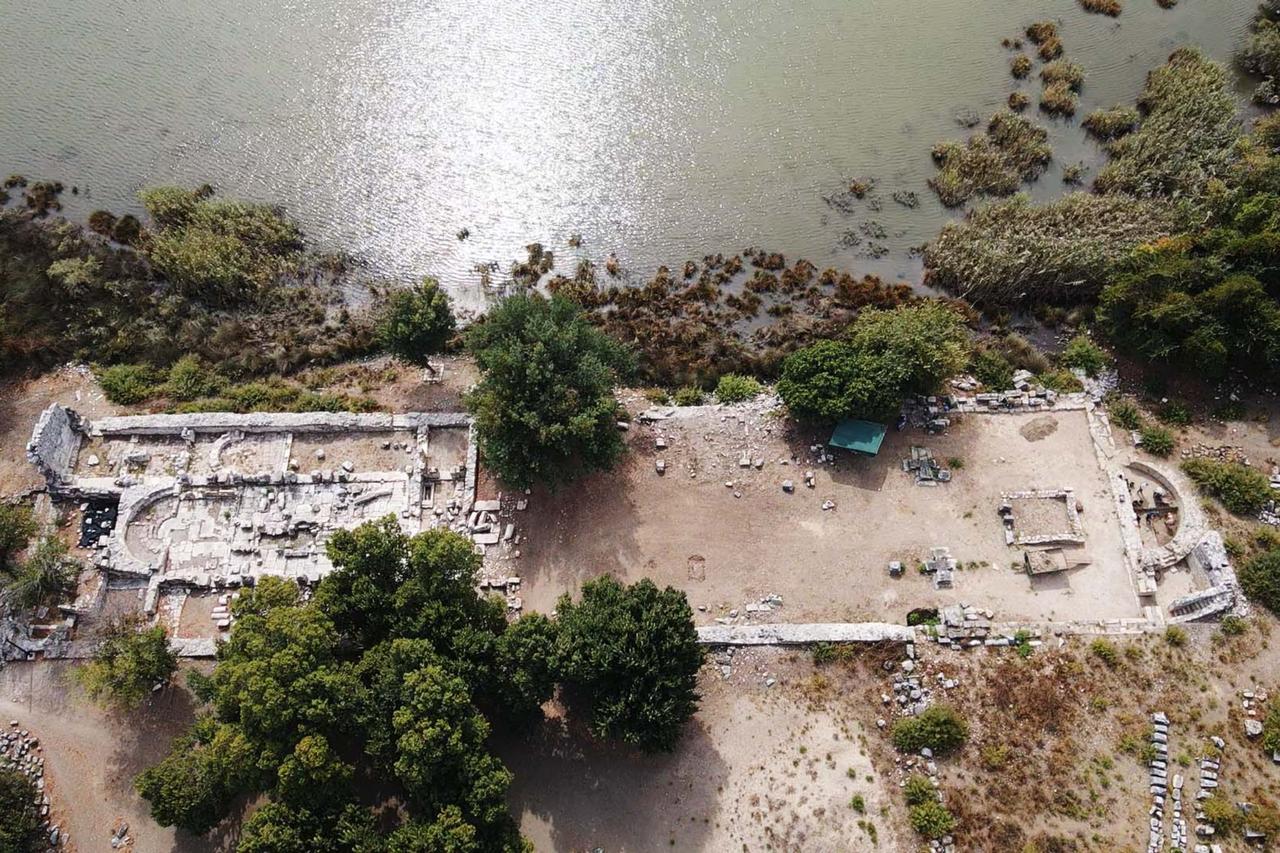
Ongoing excavations at Kaunos, carried out within the “Heritage for the Future Project,” have brought to light a well-preserved church inside the walled monastery area.
Excavation director Associate Professor Ufuk Cortuk said the team fully opened a building on the complex’s upper terrace this season and added, “A very beautiful church emerged. It is preserved in every respect.”
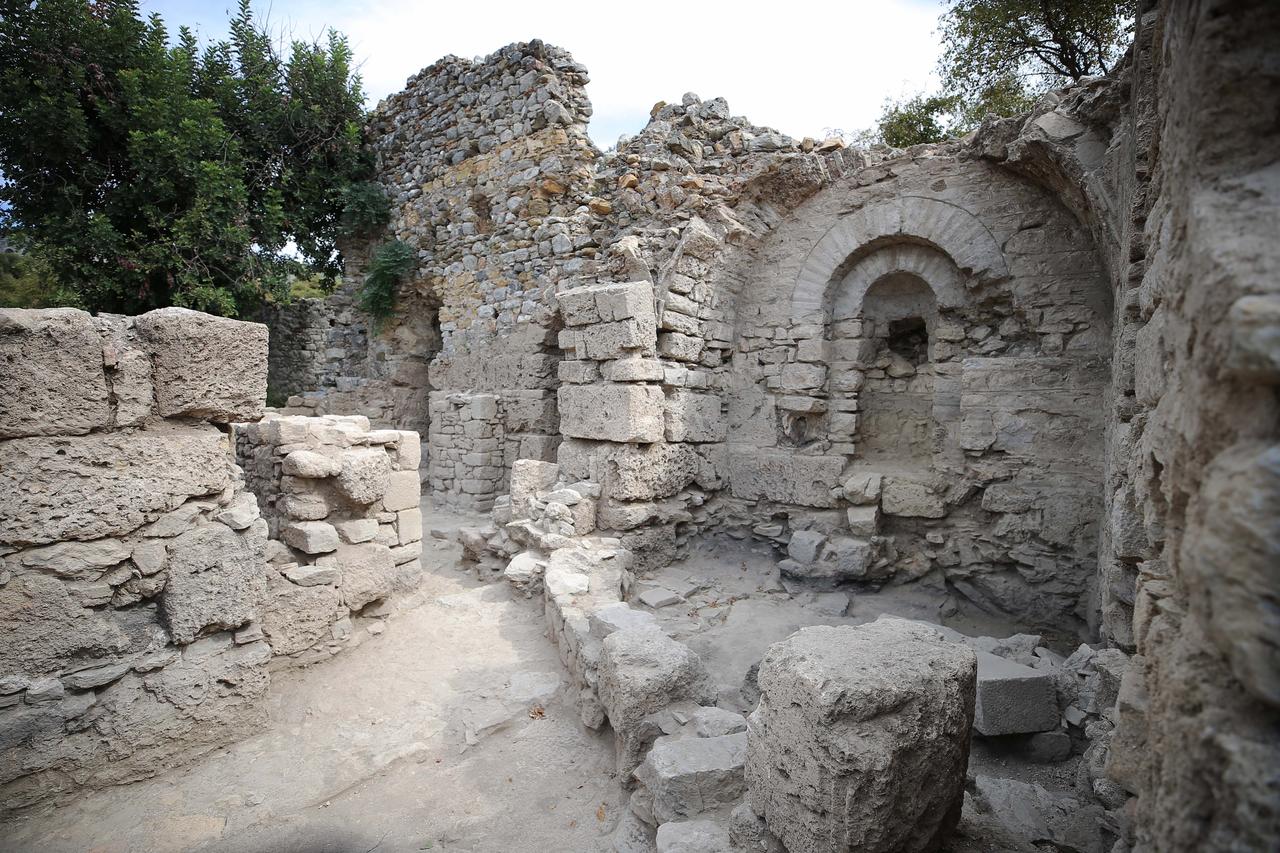
Finds from recent seasons include a growing set of medical instruments, which, according to Cortuk, point to an early phase in the second and third centuries A.D., when the complex functioned as a health center or hospital.
He noted that such military garrison hospitals in the Roman period later served the wider public. In the sixth century A.D., the complex shifted into a religious center, now confirmed by the newly uncovered church.
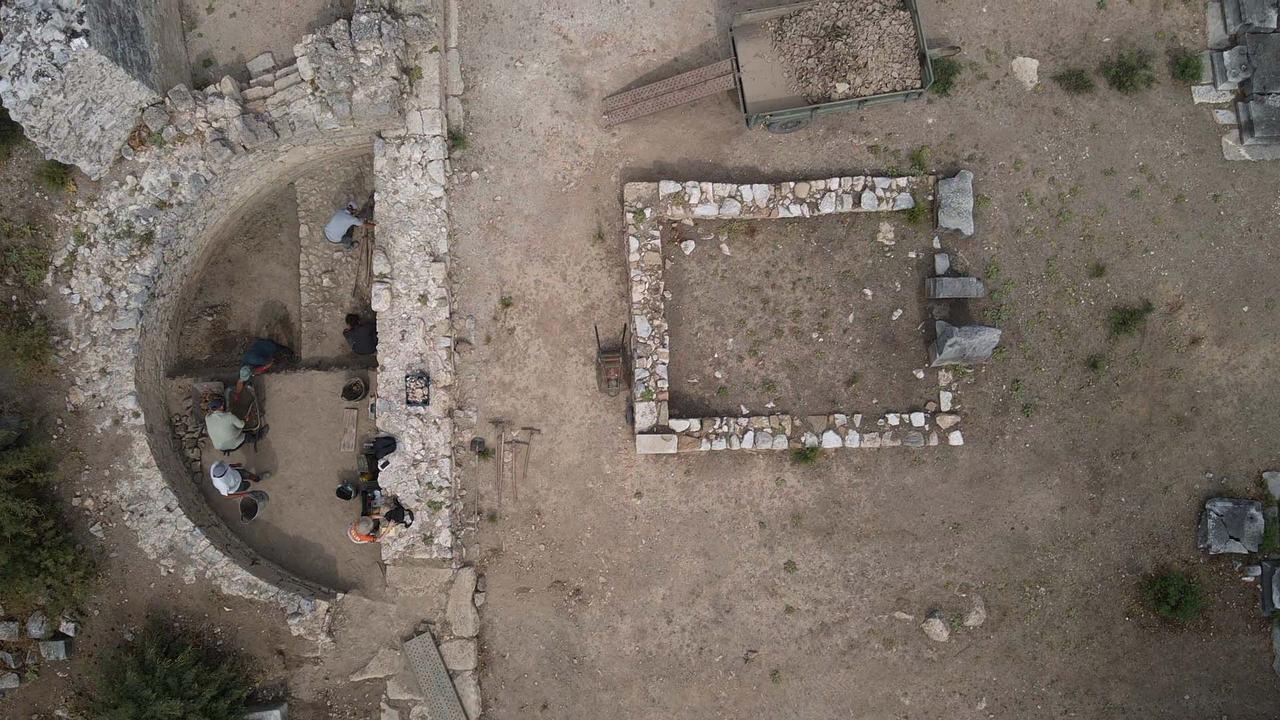
Cortuk underlined that earlier identifications of a mosque and a tomb at the site still stand. Excavations also produced a coin of the Aydinogullari Beyligi (a medieval Anatolian principality), showing that the complex remained in use into the Turkish era.
He added that the occupation sequence, which began in the second century A.D., continued through four to five phases until the 14th century.
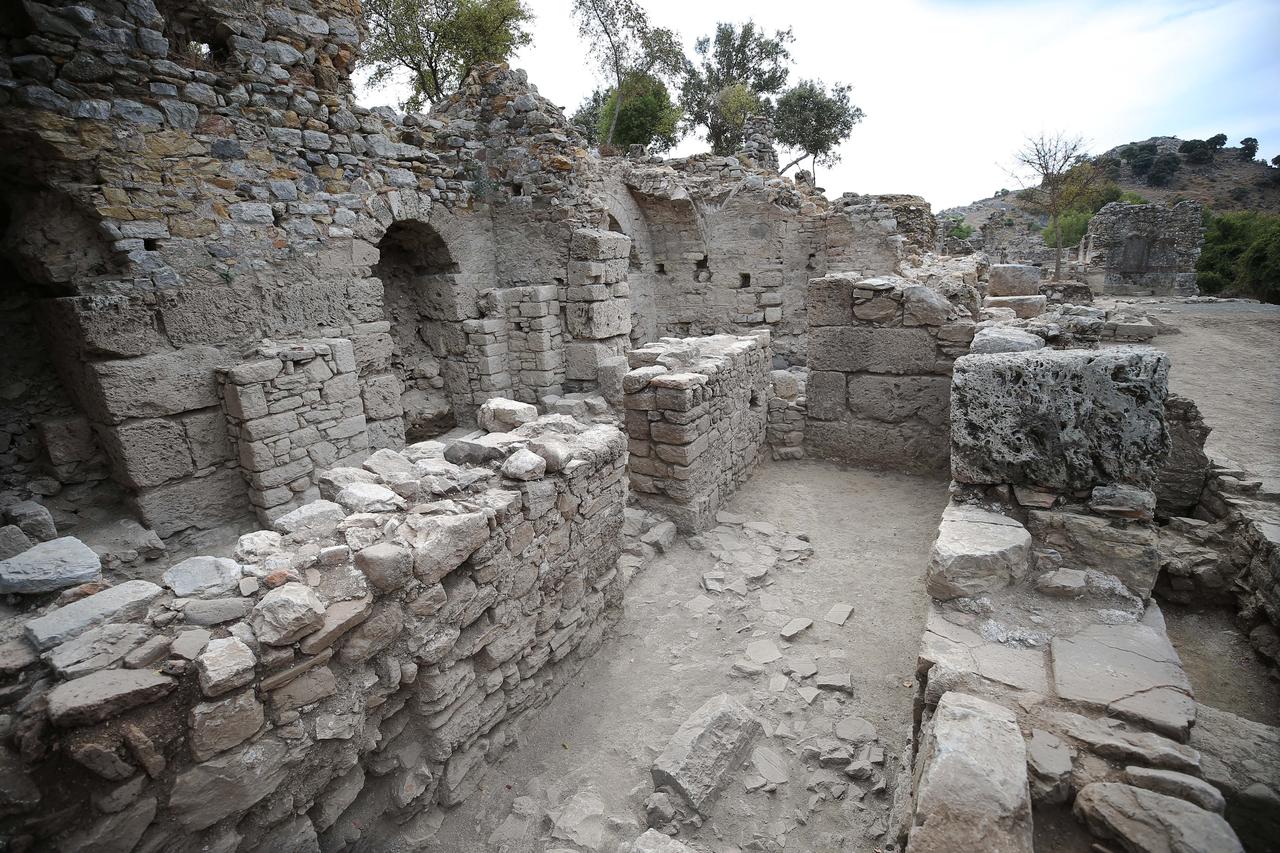
Kaunos is on the UNESCO World Heritage Tentative List (a pre-listing for possible future World Heritage nomination) and draws visitors with 2,400-year-old rock-cut tombs, a 5,000-seat theater, a basilica, baths, an agora (public square and marketplace), sanctuaries and 1,300-year-old mosaics.
Excavations in 2025 continued to focus on the monastery zone within the archaic city walls, where researchers say many materials and structures are being revealed for the first time in the ancient city.
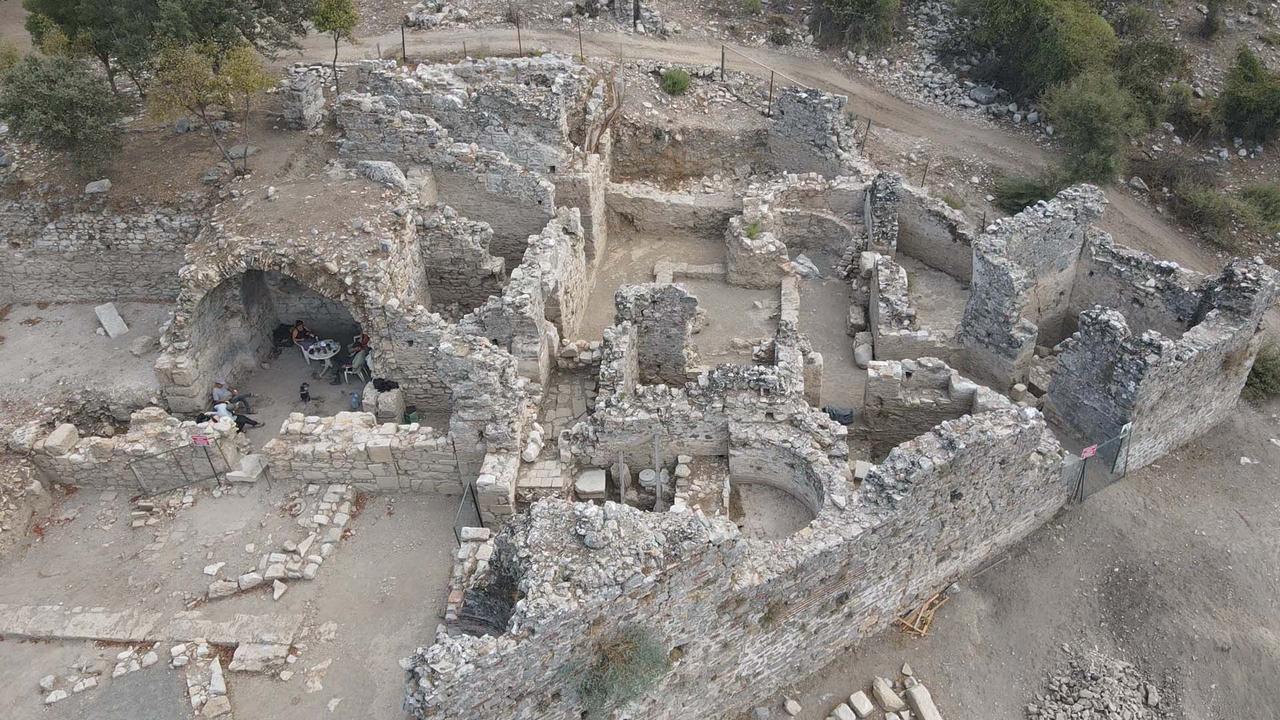
Cortuk said the team has worked in the Late Antique building complex for three years and, for about two years, has been clearing its rooms.
This season, they concentrated on the earliest phase and on the monastery use that followed, while the broader program in Kaunos continues under the Heritage for the Future framework.